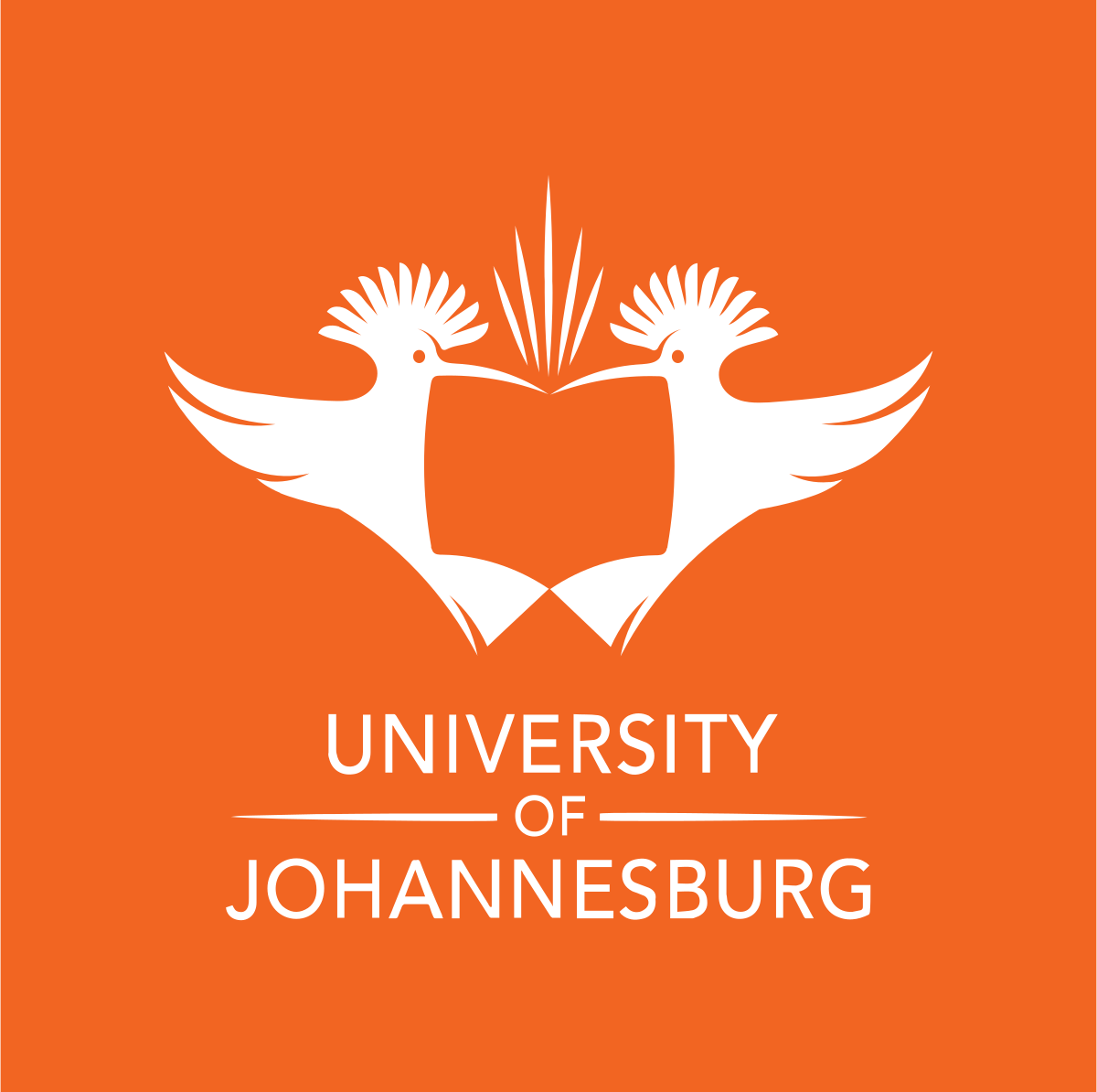University of Johannesburg: UJ’s Prof Nicolette Houreld explores the effects of Photobiomodulation on diabetic wound healing
The development of a painless, non‐invasive and faster way to diabetic wound healing is at the forefront of research. Photobiomodulation (PBM), which is the non-thermal application of light at specific wavelengths, has been shown to speed up healing of chronic wounds, including diabetic foot ulcers (DFUs).
Nicolette Houreld, a Professor in the Laser Research Centre at the University of Johannesburg (UJ), argued that Diabetic ulcers rarely progress through the stages of normal wound healing when she delivered her inaugural address at the Auckland Park Kingsway Campus on Tuesday, 04 May 2021. Rather, they are typically stalled in the inflammatory phase and very rarely progress beyond this stage without medical intervention.
Diabetes mellitus (DM) is a chronic, long-term metabolic disorder that results in elevated blood glucose levels. The estimated global prevalence of DM is 463 million, a figure which is expected to increase by 51% to 700 million by the year 2045. The highest prevalence of diabetes in adults in the African Region is in South Africa, with an incidence of 12.7%. Prof Houreld believes the mechanism of action associated with PBM is often still questioned, and there are most likely several mechanisms of action depending on the target and the type of cell being modulated.
Prof Houreld’s address focused on the effect of PBM on diabetic wound healing in fibroblast cell models. The theme was entitled ‘Photobiomodulation: Enabling Healing Through Light’.
“For anything to happen, the photon energy (light energy) must first be absorbed by the treated cells. The most published and recognised mechanism is that of cytochrome c oxidase (Cox), which is an enzyme found in the inner membrane of the mitochondria and is involved in the mitochondrial production of adenosine triphosphate (ATP). Under stressed conditions, nitric oxide (NO) displaces oxygen from Cox thereby reducing cellular respiration and ATP production. When light is absorbed by Cox, there is a photodissociation of NO from Cox, allowing oxygen back in, resulting in increased ATP production.”
“PBM works on the principle of low energy biostimulation, causing photochemical reactions in the cells/ tissue. Our studies have shown that there is increased cellular viability, proliferation, migration, and fibroblast differentiation and decreased apoptosis (or cell death) and inflammation in response to PBM. The electron transport chain (ETC) in the mitochondria is stimulated and the activity of Cox is increased, leading to increased production of ATP. There is an immediate increase in intracellular NO and reactive oxygen species (ROS) by what appears to be photochemical processes,” said Prof Houreld.
“When the correct light parameters are used (including wavelength, fluence, irradiance, pulse structure, and timing/irradiation time), some of the clinical effects observed in response to PBM include increased angiogenesis and neovascularisation (the formation of new blood vessels); increased collagen production; increased muscle regeneration and decreased muscle atrophy (wasting away of muscles); decreased inflammation and oedema (swelling); increased nerve regeneration; increased cartilage production; and increased bone formation. Thus, there is increased repair of various tissue types, as well as an analgesic effect (decrease in pain).”
Prof Houreld concluded that this research is continuously building on and refining the story of PBM. “These studies have contributed significantly to the body of knowledge of PBM on diabetic wound healing and have shown that PBM in the visible red and near infrared spectrum at a fluence of 5 J/cm2 has a definite therapeutic influence on diabetic wounded fibroblast cells, as well as their processes and cell signalling pathways. These changes at a biochemical and molecular level leads to the hastened healing of diabetic foot ulcers observed in vivo.”

